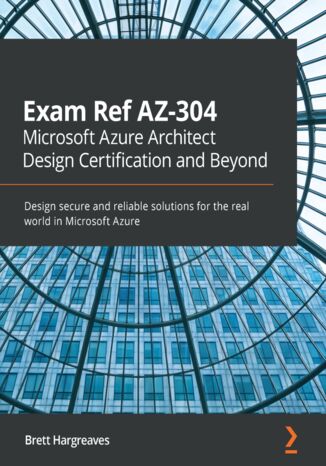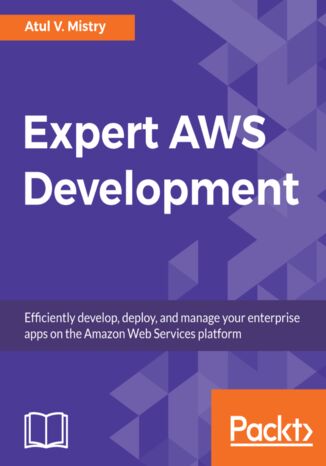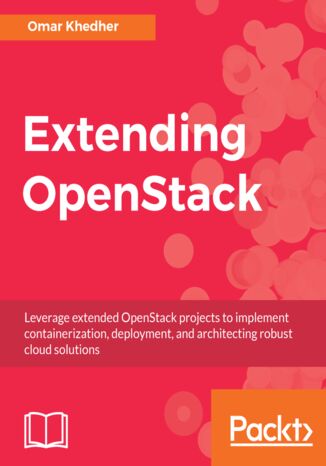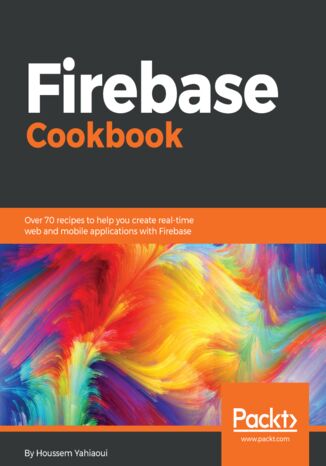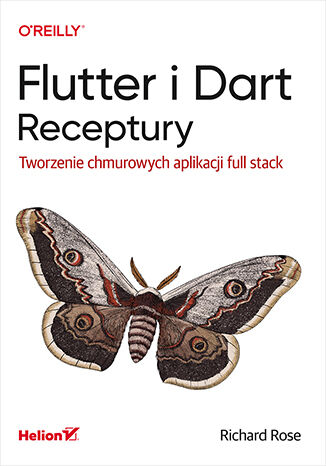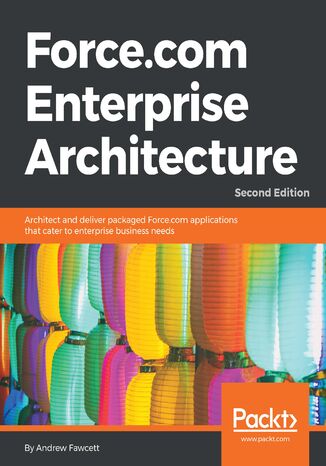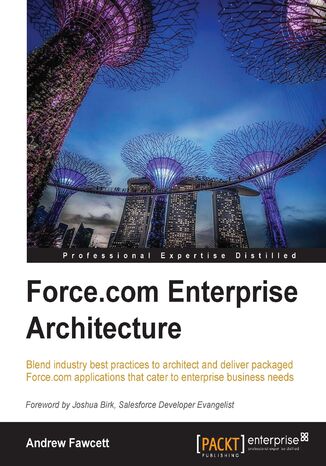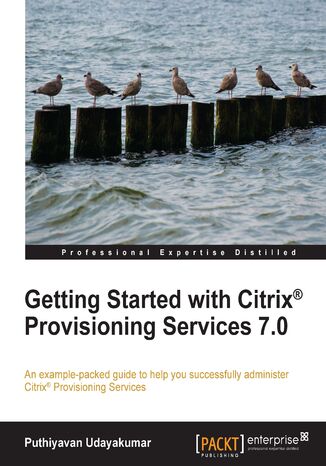Категорії
-
- Біткойн
- Ділова жінка
- Коучинг
- Контроль
- Електронний бізнес
- Економіка
- Фінанси
- Фондова біржа та інвестиції
- Особисті компетенції
- Комп'ютер в офісі
- Комунікація та переговори
- Малий бізнес
- Маркетинг
- Мотивація
- Мультимедійне навчання
- Нерухомість
- Переконання та НЛП
- Податки
- Соціальна політика
- Порадники
- Презентації
- Лідерство
- Зв'язки з громадськістю
- Звіти, аналізи
- Секрет
- Соціальні засоби комунікації
- Продаж
- Стартап
- Ваша кар'єра
- Управління
- Управління проектами
- Людські ресурси (HR)
-
- Architektura i wnętrza
- Безпека життєдіяльності
- Biznes i Ekonomia
- Будинок та сад
- Електронний бізнес
- Ekonomia i finanse
- Езотерика
- Фінанси
- Особисті фінанси
- Бізнес
- Фотографія
- Інформатика
- Відділ кадрів та оплата праці
- Для жінок
- Комп'ютери, Excel
- Бухгалтерія
- Культура та література
- Наукові та академічні
- Охорона навколишнього середовища
- Впливові
- Освіта
- Податки
- Подорожі
- Психологія
- Релігія
- Сільське господарство
- Ринок книг і преси
- Транспорт та спедиція
- Здоров'я та краса
-
- Офісні застосунки
- Бази даних
- Біоінформатика
- Бізнес ІТ
- CAD/CAM
- Digital Lifestyle
- DTP
- Електроніка
- Цифрова фотографія
- Комп'ютерна графіка
- Ігри
- Хакування
- Hardware
- IT w ekonomii
- Наукові пакети
- Шкільні підручники
- Основи комп'ютера
- Програмування
- Мобільне програмування
- Інтернет-сервери
- Комп'ютерні мережі
- Стартап
- Операційні системи
- Штучний інтелект
- Технологія для дітей
- Вебмайстерність
-
- Антології
- Балада
- Біографії та автобіографії
- Для дорослих
- Драми
- Журнали, щоденники, листи
- Епос, епопея
- Нарис
- Наукова фантастика та фантастика
- Фельєтони
- Художня література
- Гумор, сатира
- Інше
- Класичний
- Кримінальний роман
- Нехудожня література
- Художня література
- Mity i legendy
- Лауреати Нобелівської премії
- Новели
- Побутовий роман
- Okultyzm i magia
- Оповідання
- Спогади
- Подорожі
- Оповідна поезія
- Поезія
- Політика
- Науково-популярна
- Роман
- Історичний роман
- Проза
- Пригодницька
- Журналістика
- Роман-репортаж
- Romans i literatura obyczajowa
- Сенсація
- Трилер, жах
- Інтерв'ю та спогади
-
- Археологія
- Bibliotekoznawstwo
- Кінознавство / Теорія кіно
- Філологія
- Польська філологія
- Філософія
- Finanse i bankowość
- Географія
- Економіка
- Торгівля. Світова економіка
- Історія та археологія
- Історія мистецтва і архітектури
- Культурологія
- Мовознавство
- літературні студії
- Логістика
- Математика
- Ліки
- Гуманітарні науки
- Педагогіка
- Навчальні засоби
- Науково-популярна
- Інше
- Психологія
- Соціологія
- Театральні студії
- Богослов’я
- Економічні теорії та науки
- Transport i spedycja
- Фізичне виховання
- Zarządzanie i marketing
-
- Безпека життєдіяльності
- Історія
- Дорожній кодекс. Водійські права
- Юридичні науки
- Охорона здоров'я
- Загальне, компендіум
- Академічні підручники
- Інше
- Закон про будівництво і житло
- Цивільне право
- Фінансове право
- Господарське право
- Господарське та комерційне право
- Кримінальний закон
- Кримінальне право. Кримінальні злочини. Кримінологія
- Міжнародне право
- Міжнародне та іноземне право
- Закон про охорону здоров'я
- Закон про освіту
- Податкове право
- Трудове право та законодавство про соціальне забезпечення
- Громадське, конституційне та адміністративне право
- Кодекс про шлюб і сім'ю
- Аграрне право
- Соціальне право, трудове право
- Законодавство Євросоюзу
- Промисловість
- Сільське господарство та захист навколишнього середовища
- Словники та енциклопедії
- Державні закупівлі
- Управління
-
- Африка
- Альбоми
- Південна Америка
- Центральна та Північна Америка
- Австралія, Нова Зеландія, Океанія
- Австрія
- Азії
- Балкани
- Близький Схід
- Болгарія
- Китай
- Хорватія
- Чеська Республіка
- Данія
- Єгипет
- Естонія
- Європа
- Франція
- Гори
- Греція
- Іспанія
- Нідерланди
- Ісландія
- Литва
- Латвія
- Mapy, Plany miast, Atlasy
- Мініпутівники
- Німеччина
- Норвегія
- Активні подорожі
- Польща
- Португалія
- Інше
- Przewodniki po hotelach i restauracjach
- Росія
- Румунія
- Словаччина
- Словенія
- Швейцарія
- Швеція
- Світ
- Туреччина
- Україна
- Угорщина
- Велика Британія
- Італія
-
- Філософія життя
- Kompetencje psychospołeczne
- Міжособистісне спілкування
- Mindfulness
- Загальне
- Переконання та НЛП
- Академічна психологія
- Психологія душі та розуму
- Психологія праці
- Relacje i związki
- Батьківство та дитяча психологія
- Вирішення проблем
- Інтелектуальний розвиток
- Секрет
- Сексуальність
- Спокушання
- Зовнішній вигляд та імідж
- Філософія життя
-
- Біткойн
- Ділова жінка
- Коучинг
- Контроль
- Електронний бізнес
- Економіка
- Фінанси
- Фондова біржа та інвестиції
- Особисті компетенції
- Комунікація та переговори
- Малий бізнес
- Маркетинг
- Мотивація
- Нерухомість
- Переконання та НЛП
- Податки
- Соціальна політика
- Порадники
- Презентації
- Лідерство
- Зв'язки з громадськістю
- Секрет
- Соціальні засоби комунікації
- Продаж
- Стартап
- Ваша кар'єра
- Управління
- Управління проектами
- Людські ресурси (HR)
-
- Антології
- Балада
- Біографії та автобіографії
- Для дорослих
- Драми
- Журнали, щоденники, листи
- Епос, епопея
- Нарис
- Наукова фантастика та фантастика
- Фельєтони
- Художня література
- Гумор, сатира
- Інше
- Класичний
- Кримінальний роман
- Нехудожня література
- Художня література
- Mity i legendy
- Лауреати Нобелівської премії
- Новели
- Побутовий роман
- Okultyzm i magia
- Оповідання
- Спогади
- Подорожі
- Поезія
- Політика
- Науково-популярна
- Роман
- Історичний роман
- Проза
- Пригодницька
- Журналістика
- Роман-репортаж
- Romans i literatura obyczajowa
- Сенсація
- Трилер, жах
- Інтерв'ю та спогади
-
- Філософія життя
- Міжособистісне спілкування
- Mindfulness
- Загальне
- Переконання та НЛП
- Академічна психологія
- Психологія душі та розуму
- Психологія праці
- Relacje i związki
- Батьківство та дитяча психологія
- Вирішення проблем
- Інтелектуальний розвиток
- Секрет
- Сексуальність
- Спокушання
- Зовнішній вигляд та імідж
- Філософія життя
- Електронні книги
- Програмування
- Програмування ігор
Програмування ігор
The AZ-304 exam tests an architect's ability to design scalable, reliable, and secure solutions in Azure based on customer requirements. Exam Ref AZ-304 Microsoft Azure Architect Design Certification and Beyond offers complete, up-to-date coverage of the AZ-304 exam content to help you prepare for it confidently, pass the exam first time, and get ready for real-world challenges.This book will help you to investigate the need for good architectural practices and discover how they address common concerns for cloud-based solutions. You will work through the CloudStack, from identity and access through to infrastructure (IaaS), data, applications, and serverless (PaaS). As you make progress, you will delve into operations including monitoring, resilience, scalability, and disaster recovery. Finally, you'll gain a clear understanding of how these operations fit into the real world with the help of full scenario-based examples throughout the book.By the end of this Azure book, you'll have covered everything you need to pass the AZ-304 certification exam and have a handy desktop reference guide.
Expert AWS Development begins with theinstallation of the AWS SDK and you will goon to get hands-on experience of creatingan application using the AWS ManagementConsole and the AWS Command LineInterface (CLI). Then, you will integrateapplications with AWS services such asDynamoDB, Amazon Kinesis, AWS Lambda,Amazon SQS, and Amazon SWF.Following this, you will get well versed withCI/CD workflow and work with four majorphases in the release process – Source,Build, Test, and Production. Then, you willlearn to apply AWS Developer tools to yourContinuous Integration (CI) and ContinuousDeployment (CD) workflow. Later, youwill learn about user authentication usingAmazon Cognito, and also how you canevaluate the best architecture as per yourinfrastructure costs. You will learn aboutAmazon EC2 service and will deploy anapp using it. You will also deploy a practicalreal-world example of a CI/CD applicationwith the Serverless Application Framework,which is known as AWS Lambda.Finally, you will learn how to build, develop,and deploy the Application using AWSDeveloper tools such as AWS CodeCommit,AWS CodeBuild, AWS CodeDeploy, andAWS CodePipeline, as per your projectrequirements.
OpenStack is a very popular cloud computing platform that has enabled several organizations during the last few years to successfully implement their Infrastructure as a Service (IaaS) platforms. This book will guide you through new features of the latest OpenStack releases and how to bring them into production straightaway in an agile way.It starts by showing you how to expand your current OpenStack setup and how to approach your next OpenStack Data Center generation deployment. You will discover how to extend your storage and network capacity and also take advantage of containerization technology such as Docker and Kubernetes in OpenStack. Additionally, you'll explore the power of big data as a Service terminology implemented in OpenStack by integrating the Sahara project. This book will teach you how to build Hadoop clusters and launch jobs in a very simple way. Then you'll automate and deploy applications on top of OpenStack. You will discover how to write your own plugin in the Murano project. The final part of the book will go through best practices for security such as identity, access management, and authentication exposed by Keystone in OpenStack. By the end of this book, you will be ready to extend and customize your private cloud based on your requirements.
Do you feel tired just thinking or even hearing about backend technologies, authentication or the tedious task of deployment? Firebase is here to change the way you develop and make your app a first-class citizen of the cloud.This books takes a solution based approach by providing you recipes that would help you understand the features of Firebase and implement them in your existing web or mobile applications.We start-off by creating our first Firebase application and integrating its services into different platforms and environments for mobile as well as web applications. Then we deep dive into Real-time Database and Firebase Storage that allows your users to access data across various devices with realtive ease. With each chapter you will gradually create the building blocks of your application from securing your data with Firebase Rules to authenticating your users with O-Auth.Moving along we would explore modern application development techniques such as creating serverless applications with Firebase Cloud Functions or turning your traditional applications into progressive apps with Service workers.Finally you will learn how to create cross-platform mobile apps, integrate Firebase in native platforms, and learn how to monetize your mobile applications using Admob for Android and iOS.
Flutter i Dart. Receptury. Tworzenie chmurowych aplikacji full stack
Tworzenie oprogramowania wymaga zarówno umiejętności, jak i wysiłku. Jeśli jednak zależy Ci na szybkich i satysfakcjonujących efektach, wypróbuj wieloplatformowy framework Flutter i język Dart. Obydwie technologie zapewniają bogaty zestaw narzędzi dla programistów i są świetnym punktem startowym do tworzenia pięknych aplikacji niewielkim nakładem pracy. Ta książka będzie świetnym uzupełnieniem wiedzy o Flutterze i Darcie, sprawdzi się również jako wsparcie podczas rozwiązywania konkretnych problemów. Znalazło się tu ponad sto receptur, dzięki którym poznasz tajniki pisania efektywnego kodu, korzystania z narzędzi udostępnianych przez framework Flutter czy posługiwania się rozwiązaniami dostawców usług chmurowych. Dowiesz się, jak należy pracować z bazami Firebase i platformą Google Cloud. Przy czym poszczególne receptury, poza rozwiązaniami problemów, zawierają również nieco szersze omówienia, co pozwoli Ci lepiej wykorzystać zalety Fluttera i Darta - spójnego rozwiązania do wydajnego budowania aplikacji! Znajdziesz tu przykłady zastosowania języka Dart i frameworka Flutter w rozwiązywaniu problemów. Wisienką na torcie jest omówienie Firebase i Google Cloud! Rob Edwards, Google Cloud UK&I Dzięki recepturom: poznasz zasady efektywnej pracy z Dartem nauczysz się korzystać z narzędzi Fluttera dowiesz się, jak integrować rozwiązania chmurowe z aplikacjami Fluttera rozwiążesz problemy związane z zarządzaniem danymi przez API rozpoczniesz pracę z bazami danych Firebase zaczniesz budować wieloplatformowe, efektywne i efektowne aplikacje Świetna książka dla każdego, kto chce się nauczyć języka Dart i frameworka Flutter! Alex Moore, Google Cloud UK&I
Companies of all sizes have seen the need for Force.com's architectural strategy focused on enabling their business objectives. Successful enterprise applications require planning, commitment, and investment in the best tools, processes, and features available.This book will teach you how to architect and support enduring applications for enterprise clients with Salesforce by exploring how to identify architecture needs and design solutions based on industry standard patterns. There are several ways to build solutions on Force.com, and this book will guide you through a logical path and show you the steps and considerations required to build packaged solutions from start to finish. It covers all aspects, from engineering to getting your application into the hands of your customers, and ensuring that they get the best value possible from your Force.com application. You will get acquainted with extending tools such as Lightning App Builder, Process Builder, and Flow with your own application logic. In addition to building your own application API, you will learn the techniques required to leverage the latest Lightning technologies on desktop and mobile platforms.

